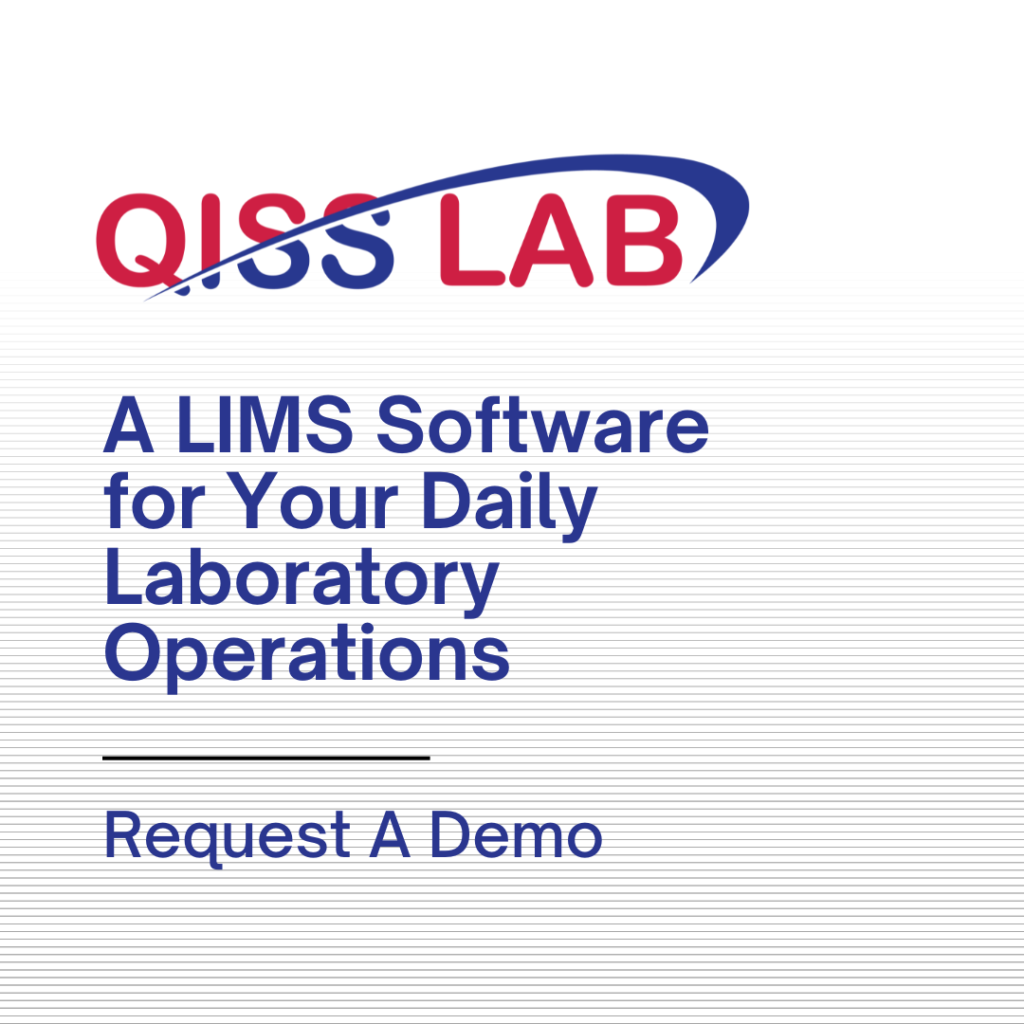Before jumping into ‘Top Management,’ we need to know the definition of a Management System. So, what is a management system? The International Organization for Standardization (ISO) denotes a management system as a set of steps an organization must take to reach its goals. A management system standard gives an example of how to set up and run a management system.
What is Top management?
Top management is a person or group that runs and directs an organization from the very top. They have the authority to give other people in the organization the authority and resources. It is also to be noted that if the management system only applies to a small part of an organization, like health and safety, it refers to the people in charge of that small part of the organization.
What are the responsibilities of top management?
The responsibilities of Top Management can be found right in ISO 9001 standard, especially in the last update in 2015. Clause 5 in the ISO 9001 standard- leadership and commitment, is one of the most important and debated topics. Clause 5 demonstrates the authority must show that it participates in and does key activities of the quality management system. It is no longer enough for them to make sure these things happen. This means that the upper management must take an active role in running the QMS (Quality Management System), and quality should become a part of everyday business operations instead of a particular activity. The fact that the role of “management representative” has been taken out of the ISO 9001 standard supports this approach.
In terms of the management system, they must show leadership and dedication by doing things such as:
• Ensuring the management system achieves its intended results.
• Take responsibility for how well the management system works.
• Set up a quality policy and some quality goals that are in line with the organization’s context and strategic direction
• Set up roles, responsibilities, and authorities
• Use the requirements in the ISO 9001 standard as a guide.
• Use a process-oriented and risk-based approach.
• Give the resources that are needed.
• Build awareness on the importance of good quality management and follow the requirements of the quality management system.
• Make sure that the requirements of the quality management system are built into the organization’s business processes.
• Promote improvement and updates
• Help other management roles relevant to their areas of responsibility develop their leadership skills.
• Ensure that everyone in the organization communicates, assigns, and understands the roles and responsibilities.
• Carry out a management review of the organization’s quality management system.
I have used easy language to describe the responsibilities in the above points, but there is more to it because a whole clause is dedicated to this section in ISO 9001:2015. We will discuss that in another article.
How to apply the responsibilities?
There are various ways management can apply the responsibilities, but there are no specific methods to use them. Here are a few suggested methods to apply the requirements:
• Organizational charts show how people in an organization are related.
• Goals and work plans are set based on the above policies and procedures.
• Line walks, group discussions, and manufacturing meetings
• Memorandums
• Management can commit to quality by committing to accreditation or certification.
• Product certification is another area where you can see how committed management is to quality. When a product is certified, it gives people more confidence and trust in that product. For example, testing is one way to ensure that a product meets specific requirements. It is a third-party verification that these requirements have been met relatively and accurately.
• “Personnel Credentialing” is another way for management to show that they care about quality. It helps ensure that people have the right level of training for their jobs.
What is a management review?
In addition to internal audits, monitoring, and analysis, a management review is another way to check how well the quality management system is working. This helps to make sure that the system is working well.
Any management system or effort to improve things always needs to be overseen by management. Then, management must stay committed to holding these meetings regularly to track how the management system is doing. Reviewing the management system helps the management understand how the situation has changed. This is important to ensure that the Quality Management System is always in sync with how business is going. One of the most vital points of management review meetings is the identification of process improvements. These helps improve quality and customer satisfaction, which are essential for the success and growth of any company.
It is hard to achieve a good quality management system without a firm commitment from top management. It is essential to let people know how important leadership commitment and active involvement are to quality.
Choose suitable software for your business from QISS essential software list. We are always ready to provide you ISO-based QMS services through QISS QMS software.



